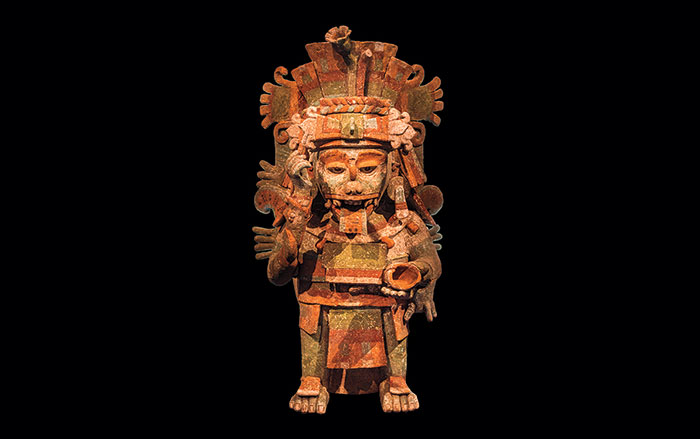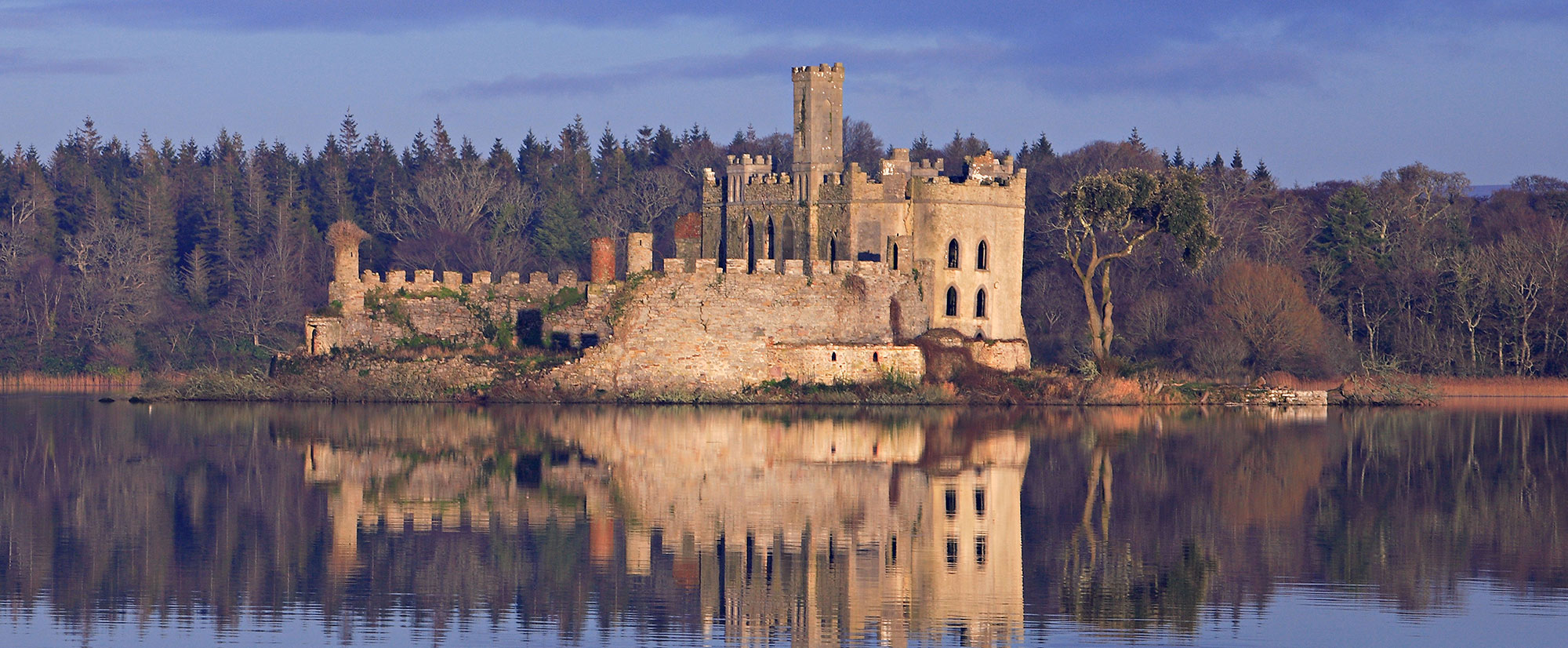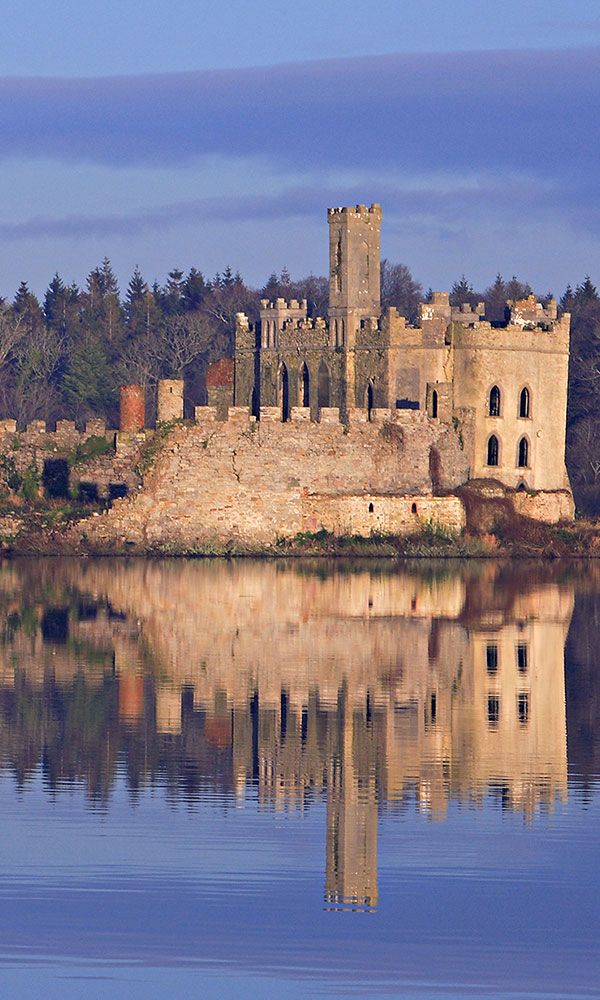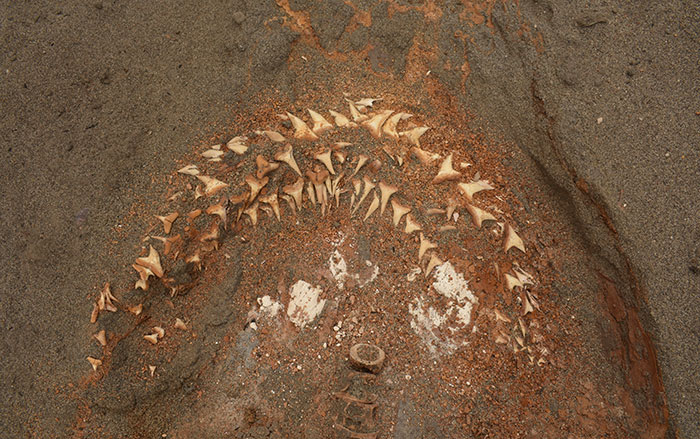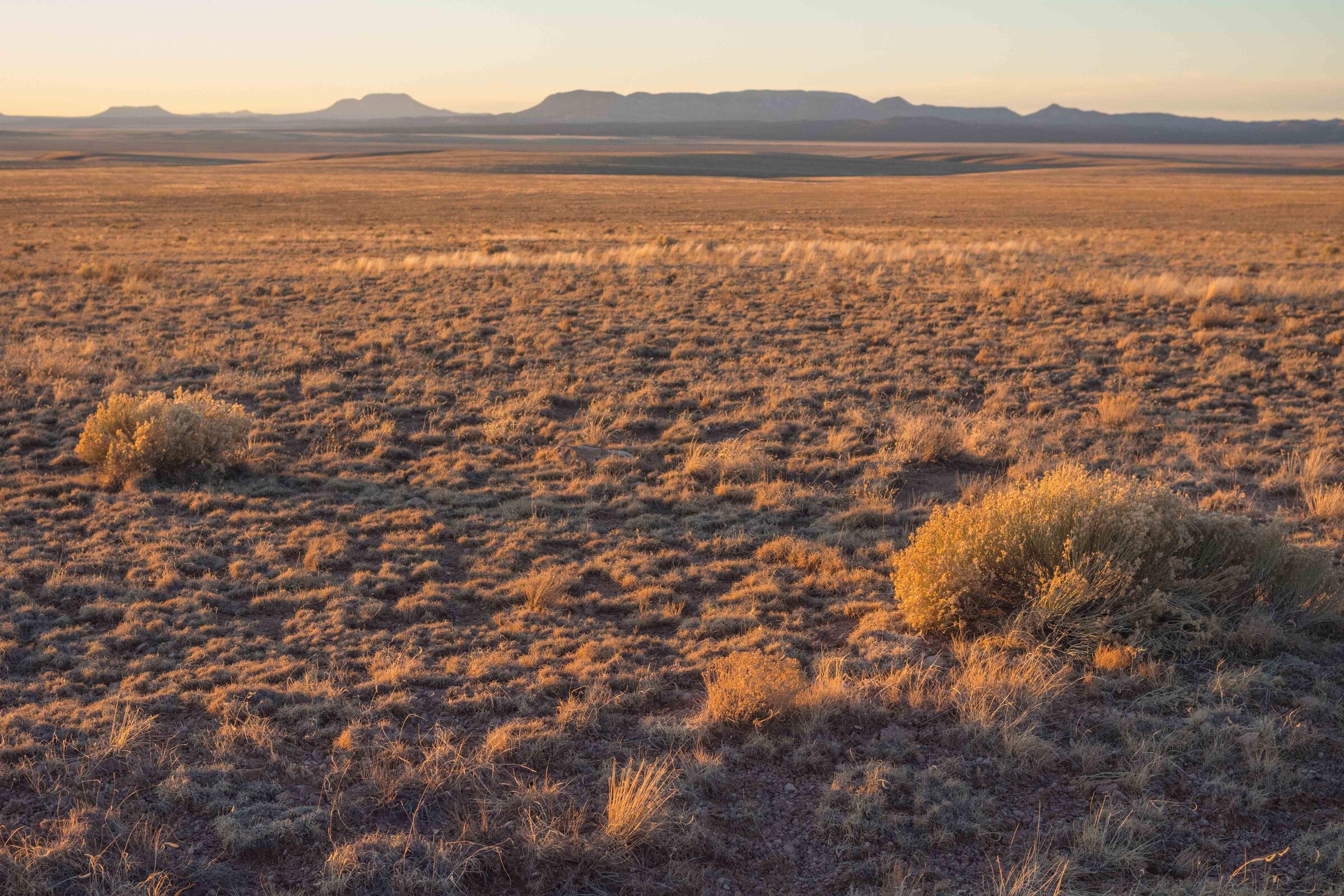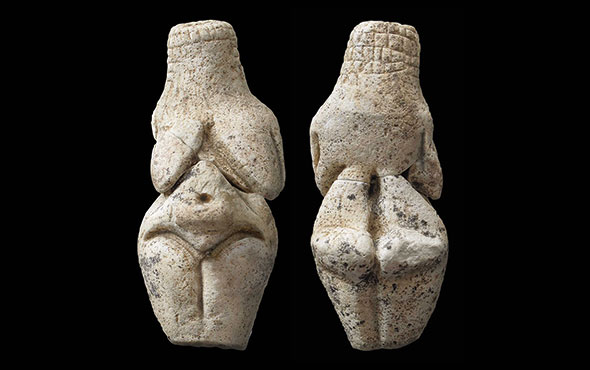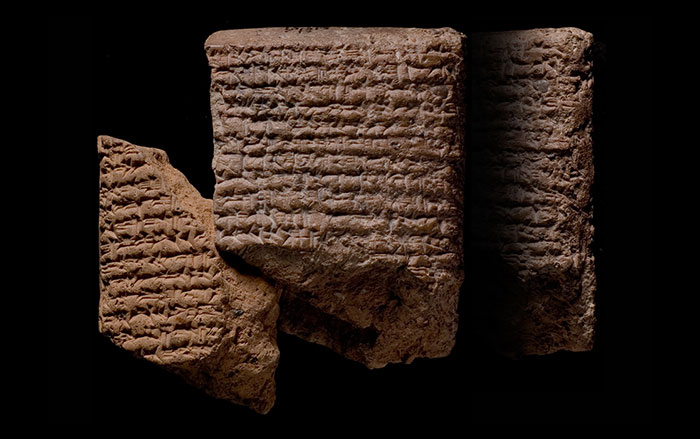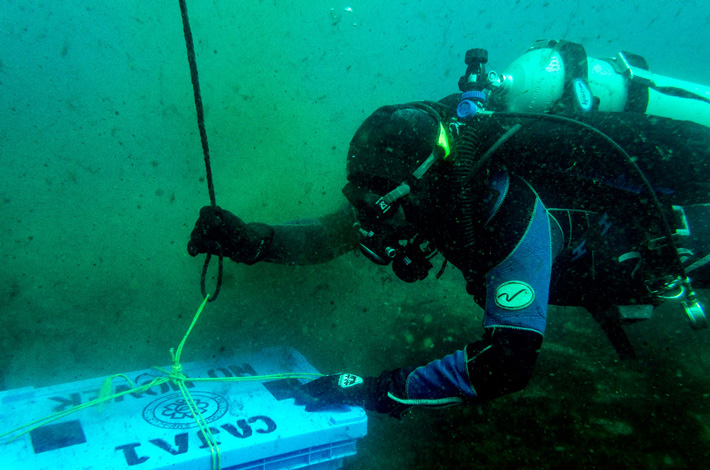
TOLUCA, MEXICO—According to a report in Mexico News Daily, archaeologists from Mexico’s National Institute of Anthropology and History (INAH) placed a collection of artifacts stored in a special container at the bottom of the Lake of the Moon, which is located at high altitude near the Nevado de Toluca volcano in central Mexico. The objects were discovered in the lake in 2007, and were kept in similar underwater conditions for the past 13 years while they were studied. Most of the 52 possible ritual items in the collection are spherical or conical in shape and made of the resin of the copal tree. The conical artifacts measure between eight and 12 inches tall, and may have been intended to resemble the volcano, according to INAH archaeologist Iris Hernández. The spherical objects are about the size of a baseball, she added. Carbon dating of the objects indicates they were made between A.D. 1216 and 1445, when the Matlatzinca people ruled the Valley of Toluca. INAH researcher Enna Llabrés Torres said that returning the artifacts to their place of origin for preservation complies with the 2001 recommendation made by the UNESCO Convention on the Protection of Underwater Cultural Heritage. To read about a rock-cut complex built by the Aztecs in Malinalco, Mexico, go to "Off the Grid."




